Nature’s Masterpieces Are Slipping Away
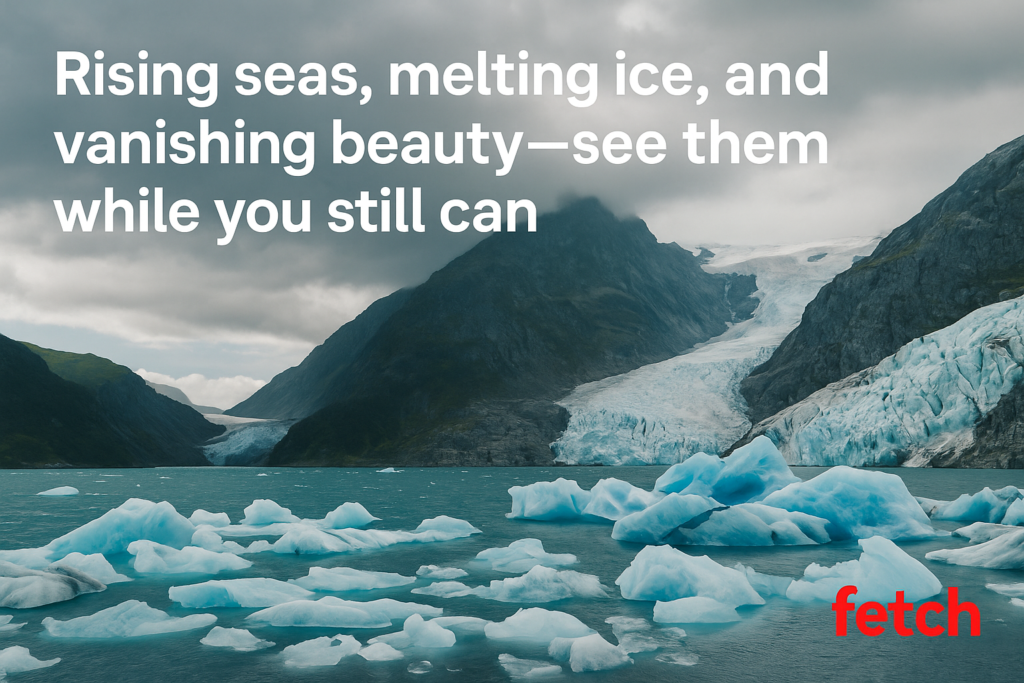
Our planet is home to breathtaking natural wonders, vibrant coral reefs, towering glaciers, lush rainforests, that have stood for millennia. But climate change and human activity are accelerating their decline. If you’re around 40, you might witness these marvels fade away within your lifetime. Here’s a look at ten natural wonders teetering on the edge, and why now is the time to care.
1. Great Barrier Reef, Australia
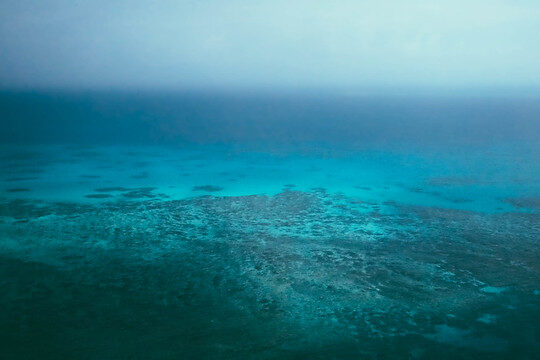
Once a vibrant underwater paradise, the Great Barrier Reef has suffered significant coral bleaching events due to rising sea temperatures. Since 1995, it has lost over half its coral cover, threatening the diverse marine life that depends on it. Without substantial global efforts to reduce greenhouse gas emissions, this UNESCO World Heritage site could become a shadow of its former self.
Source:Great Barrier Reef | Wikipedia
2. Glacier National Park, Montana, USA

Glacier National Park once boasted over 150 glaciers; today, fewer than 25 remain. Warming temperatures have accelerated glacial melt, altering ecosystems and water sources. If current trends continue, the park’s namesake glaciers could disappear entirely within the next few decades.
Source: Climate Signals
3. Amazon Rainforest, South America
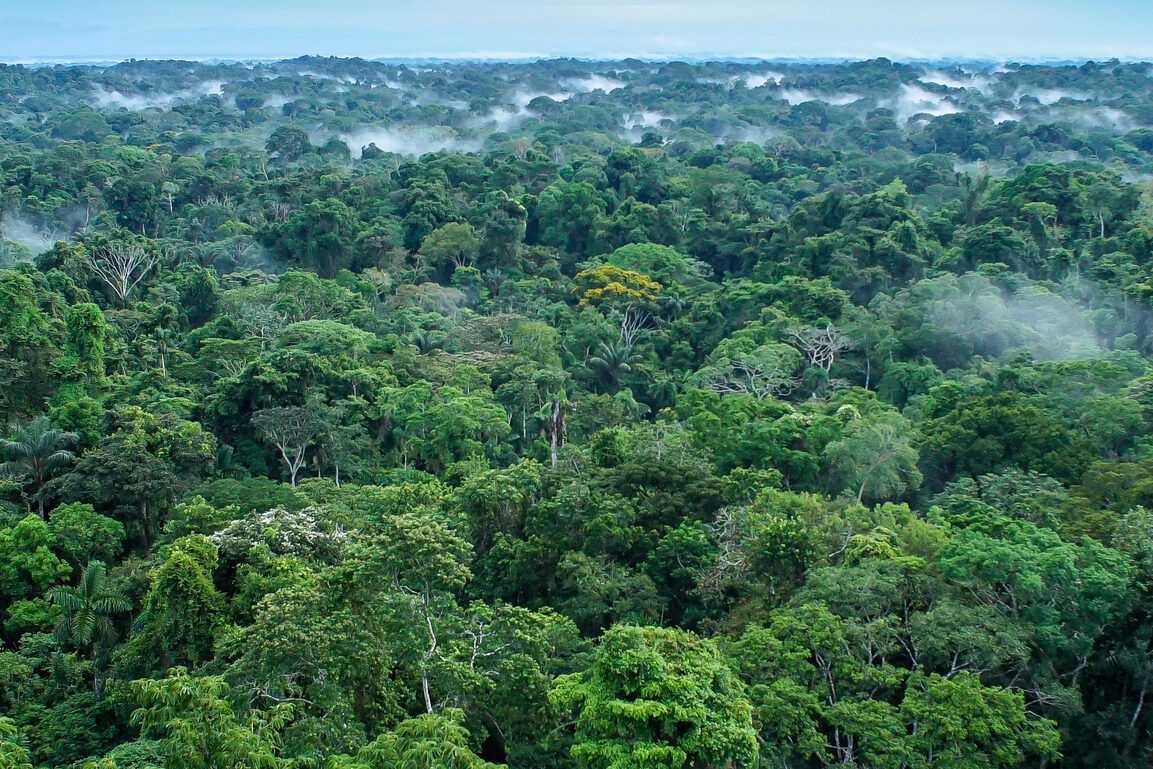
The Amazon, often called the “lungs of the Earth,” is facing unprecedented deforestation and climate-induced droughts. These threats not only endanger countless species but also reduce the rainforest’s capacity to absorb carbon dioxide, exacerbating global warming. Scientists warn that continued degradation could push the Amazon toward a tipping point, transforming it into a savanna-like landscape.
Source: Earth.Org
4. Dead Sea, Jordan/Israel
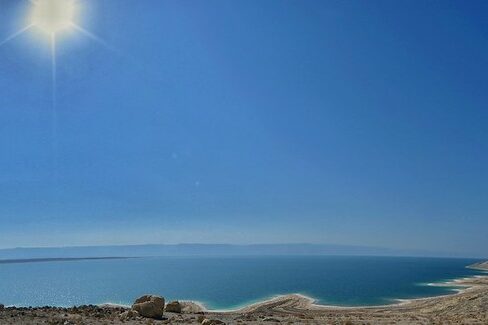
The Dead Sea is shrinking at an alarming rate, losing about a meter of water annually. Water diversion from the Jordan River and mineral extraction have significantly lowered its levels, leading to the formation of dangerous sinkholes. Without intervention, this unique salt lake could vanish within the next 50 years.
Source: EROS
5. Maldives
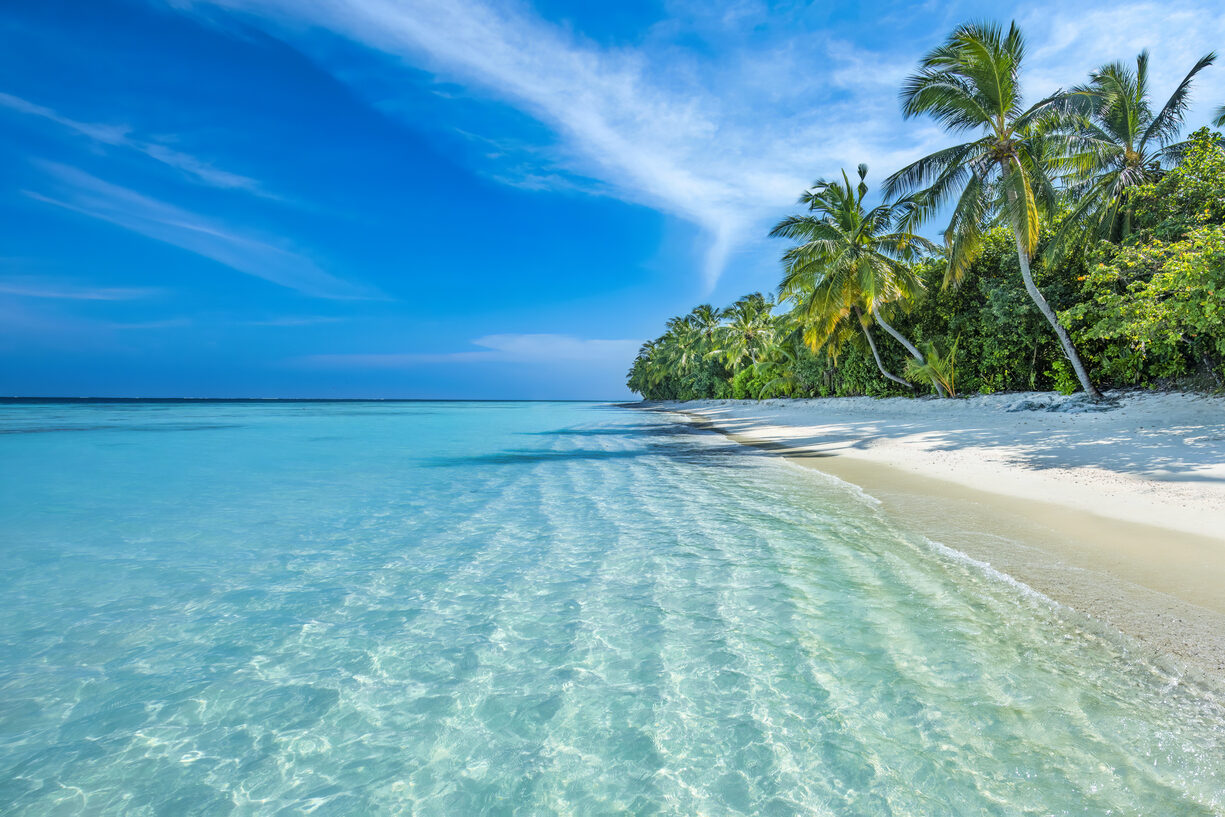
The Maldives, a tropical paradise of over 1,000 islands, faces existential threats from rising sea levels. With much of the nation lying just a meter above sea level, even modest increases could render it uninhabitable. Climate models predict that, without significant global action, the Maldives could be submerged by the end of the century.
6. Mount Kilimanjaro, Tanzania
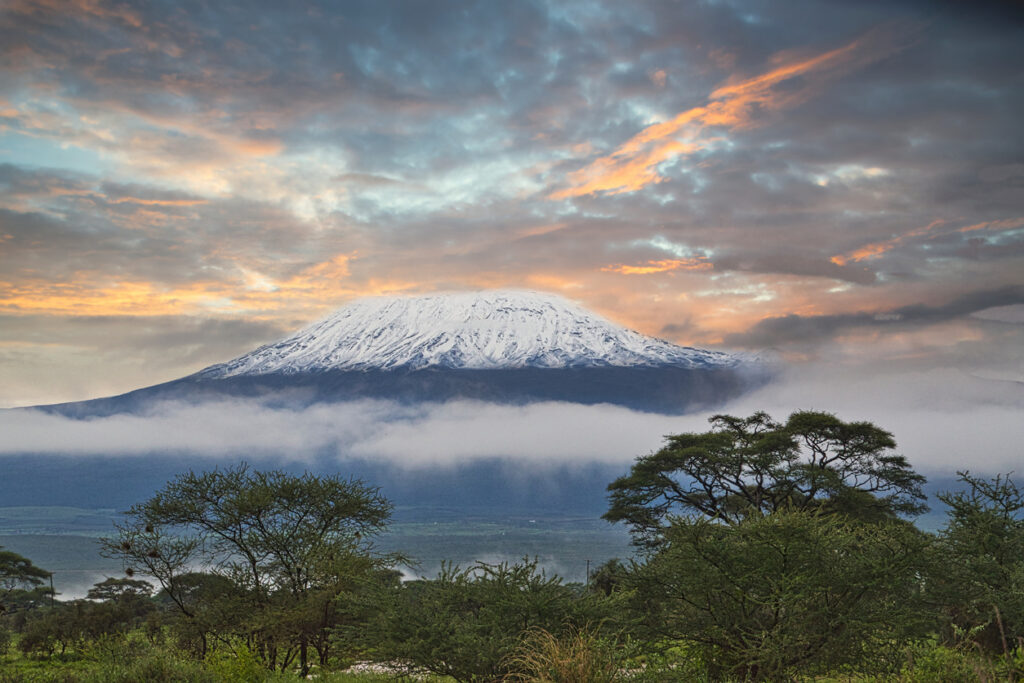
Africa’s highest peak, Mount Kilimanjaro, is losing its iconic snow cap. Glaciers that have crowned the summit for centuries are retreating rapidly due to rising temperatures. Experts estimate that these glaciers could disappear entirely within the next two decades, altering local climates and water supplies.
7. Venice, Italy
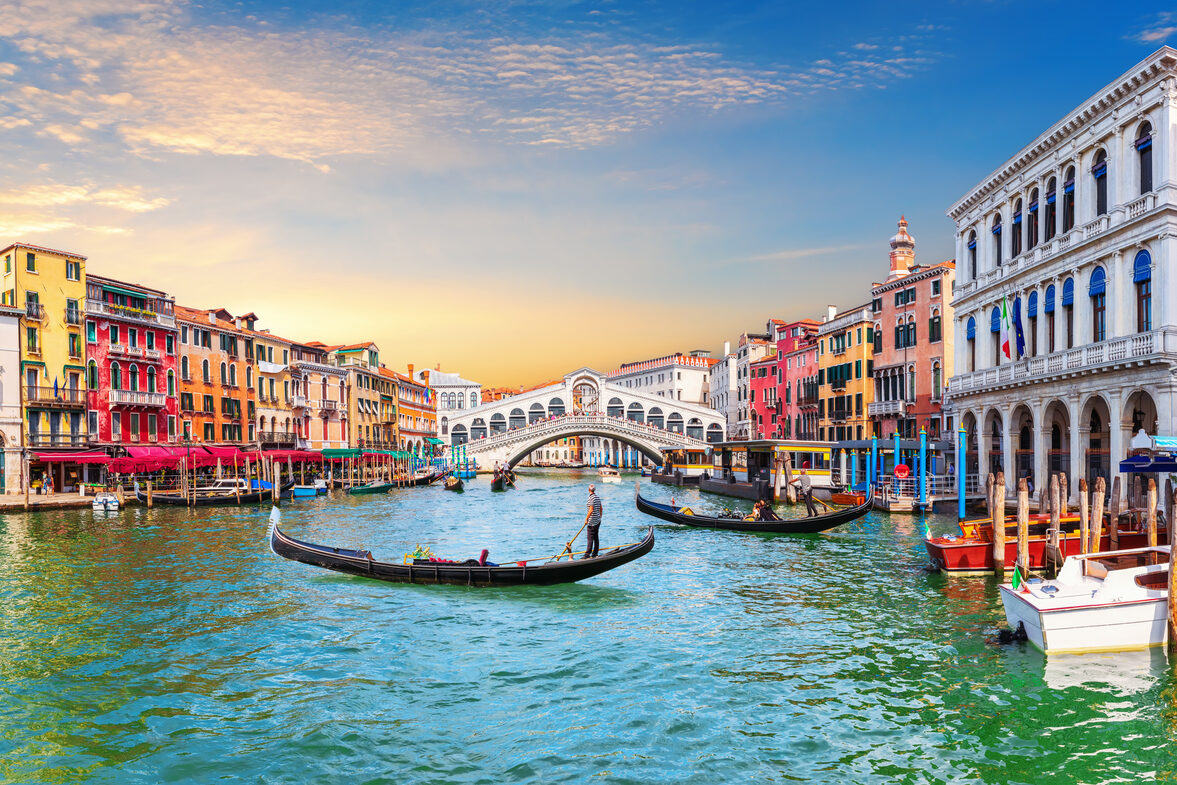
Venice, the city of canals, is sinking. Rising sea levels and land subsidence have increased the frequency of flooding events, threatening its historic architecture and way of life. Despite engineering efforts like the MOSE project, experts caution that without broader climate action, Venice’s future remains precarious.
8. Sundarbans Mangrove Forest, India/Bangladesh

The Sundarbans, the world’s largest mangrove forest, is under siege from rising sea levels and increased salinity. These changes threaten the unique biodiversity of the region, including the endangered Bengal tiger. Additionally, the loss of mangroves compromises natural defenses against cyclones and storm surges for millions of residents.
9. Patagonian Glaciers, Argentina/Chile

Patagonia’s majestic glaciers are retreating at unprecedented rates. Warming temperatures and changing precipitation patterns have accelerated ice loss, impacting freshwater availability and local ecosystems. If current trends persist, many of these glaciers could vanish within the next few decades.
10. Congo Basin Rainforest, Central Africa

The Congo Basin, second only to the Amazon in size, is experiencing rapid deforestation due to logging, mining, and agriculture. This loss threatens countless species and reduces the forest’s ability to sequester carbon dioxide, contributing to global climate change. Protecting this vital ecosystem is crucial for biodiversity and climate stability.
Think these places are safe forever? Think again. The truth is, some of the world’s most iconic natural wonders might not be around for your kids or even you in the coming decades. If this hit a nerve, it should. Start small: stay informed, make greener choices, and talk about it. The more we care, the more we can change. Share this with someone who needs to see it.


